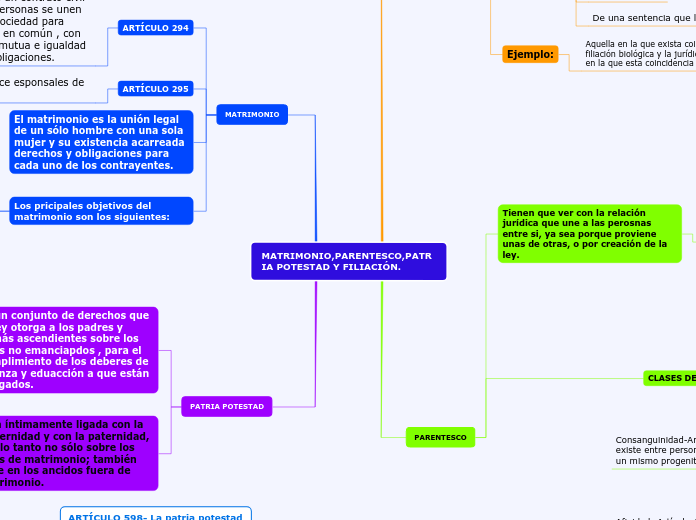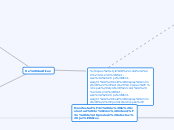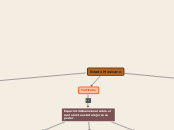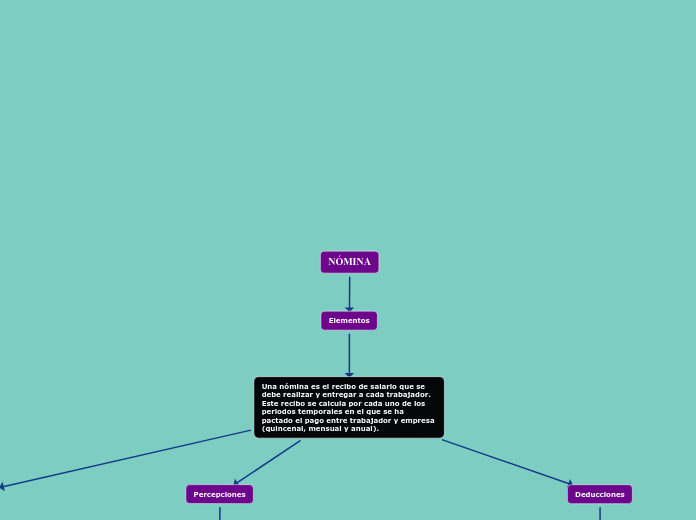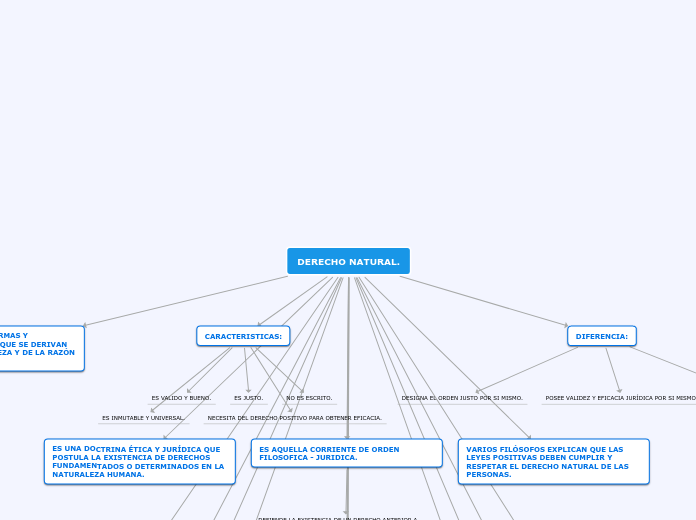ARTÍCULO 598- La patria potestad se ejerce por le padre y la madre conjuntamente ,o por el supérstite cuando uno de ellos haya muerto.
ARTÍCULO 606- Solamente por falta o impedimento del padre y de la madre , la patria potestad corresponde al abuelo y abuela , paternos y maternos.
ARTÍCULO 609- Cuando llegue a conocimiento del juez que quienes ejercen la patria potestad no cumplen con los deberes que ella impone.
MATRIMONIO,PARENTESCO,PATRIA POTESTAD Y FILIACIÓN.
In linguistics, syntax is the set of rules, principles, and processes that govern the structure of sentences in a given language, usually including word order.
PATRIA POTESTAD
A compound sentence is a sentence that has at least two independent clauses joined by a comma, semicolon or conjunction. An independent clause is a clause that has a subject and verb and forms a complete thought.
Esta íntimamente ligada con la maternidad y con la paternidad, por lo tanto no sólo sobre los hijos de matrimonio; también nace en los ancidos fuera de matrimonio.
Create your own compound sentences, using the coordinators above.
Por la usencia por más de seis meses , de uno de los cónyuges.
Por la exposición del padre o de la madre hicieren del hijo.
Cuando la mala conducta de uno de los cónyuges pone en peligro la seguridad y la moralidad de los hijos.
Por efectos del divorcio como sanción impuesta en contra del cónyuge culpable.
Por sentencia que condena a la perdida de ese derecho.
Es un conjunto de derechos que la ley otorga a los padres y demás ascendientes sobre los hijos no emanciapdos , para el cumplimiento de los deberes de crianza y eduacción a que están obligados.
When independent clauses are joined with coordinators (also called coordinating conjunctions), commas and semicolons, they do more than just join the clauses. They add meaning and flow to your writing.
MATRIMONIO
A complex sentence is a sentence that contains an independent clause and one or more dependent clauses.
An independent clause can stand alone as a sentence, but a dependent clause even though it has a subject and a verb cannot stand alone.
Los pricipales objetivos del matrimonio son los siguientes:
Attributive clauses serve as an attribute to a noun (pronoun) in the main clause. This noun or pronoun is called the antecedent of the clause.
Prestarse ayuda en todas las circunstancias de la vida.
Vivir en común.
El matrimonio es la unión legal de un sólo hombre con una sola mujer y su existencia acarreada derechos y obligaciones para cada uno de los contrayentes.
An appositive clause follows another noun or noun phrase in apposition to it; that is, it provides information that further identifies or defines it.
ARTÍCULO 295
The subject clause is a dependent clause that acts as a subject.
La ley no reconoce esponsales de futuro.
ARTÍCULO 294
The object clause is a phrase on which a verb performs an action. It falls at the end of a sentence, and is governed by a verb or a preposition.
El matrimonio es un contrato civil por el cual dos personas se unen en voluntad en sociedad para llevar a una vida en común , con respeto , ayuda mutua e igualdad de derechos y obligaciones.
PARENTESCO
CLASES DE PARENTESCO
See the example below and try to create your own simple sentences.
Tim is driving the car with his mother.
Consanguinidad-Artículo 476 - Es el que existe entre personas que descienden de un mismo progenitor.
Afinidad- Artículo 478 - Es el que se contrae por el matrimonio entre el varón y los parientes de la mujer y entre la mujer y los parientes del varón.
EJEMPLO:
Consuegra(o), es el vinculo adquirido en relación con la madre o padre del cónyuge de la hija o hijo. Suegra(o) , es el vínculo adquirido en relación con la madre o padre del cónyuge.
Civil- Artículo 479- Es el que nace de la adopción simple y solo existe entre el adoptante y el adoptado.
Tienen que ver con la relación jurídica que une a las perosnas entre si, ya sea porque proviene unas de otras, o por creación de la ley.
See the example below and try to create your own simple sentences.
Tim is the driver.
RELACIÓN DEL PARENTESCO
Grados -- El grado se forma por las generaciones de ascendientes y descendientes.
Descendente-- Es la que relaciona al progenitor con los de él descienden.
Ascendente--Es la que relaciona a una persona con su progenitor o tronco del que procede.
Transversal--Esta formada de la serie de grados entre personas, que sin descender unas de otras , provienen de un mismo progenitor o tronco común .
Recta-- Esta compuesta por la serie de grados entre personas que descienden unas de otras.
FILIACIÓN
Ejemplo:
The attribute is defined as a quality or characteristic of a person, place or thing.
Aquella en la que exista coincidencia entre filiación biológica y la jurídica , y aquella en la que esta coincidencia no se presenta.
ARTÍCULO 526
The predicative is defined as an adjective or noun forming or contained in the predicate.
Its main trait is that it serves to express a property that is assigned to a 'subject'.
For e.g.: The dog is old.
De una sentencia que la declare
De la adopción
Del reconocimiento
De las presunciones legales
Del nacimiento
La filiación resulta:
ADOPCIÓN
Traditional grammar defines the object in a sentence as the entity that is acted upon by the subject.
Se crea por un acto de voluntad del adoptante y el adoptado.
The indirect object identifies the person/thing for whom/which the action of the verb is performed.
The indirect object is usually a person or a thing.
NATURAL
The predicate of a sentence is the part that modifies the subject in some way. Because the subject is the person, place, or thing that a sentence is about, the predicate must contain a verb explaining what the subject does and can also include a modifier.
Presupone que no existe un vínculo matrimonial entee el padre y la madre.
LEGÍTIMA
The subject of a sentence is the person, place, thing, or idea that is doing or being something. You can find the subject of a sentence if you can find the verb.
Ask the question, 'Who or what 'verbs' or 'verbed'?' and the answer to that question is the subject.
El padre y la madre son casados y que el hijo fue concebido durante el matrimonio, sin embargo , puede haber sido sido concebido antes del matrimonio siempre que nazca durante el matrimonio.
